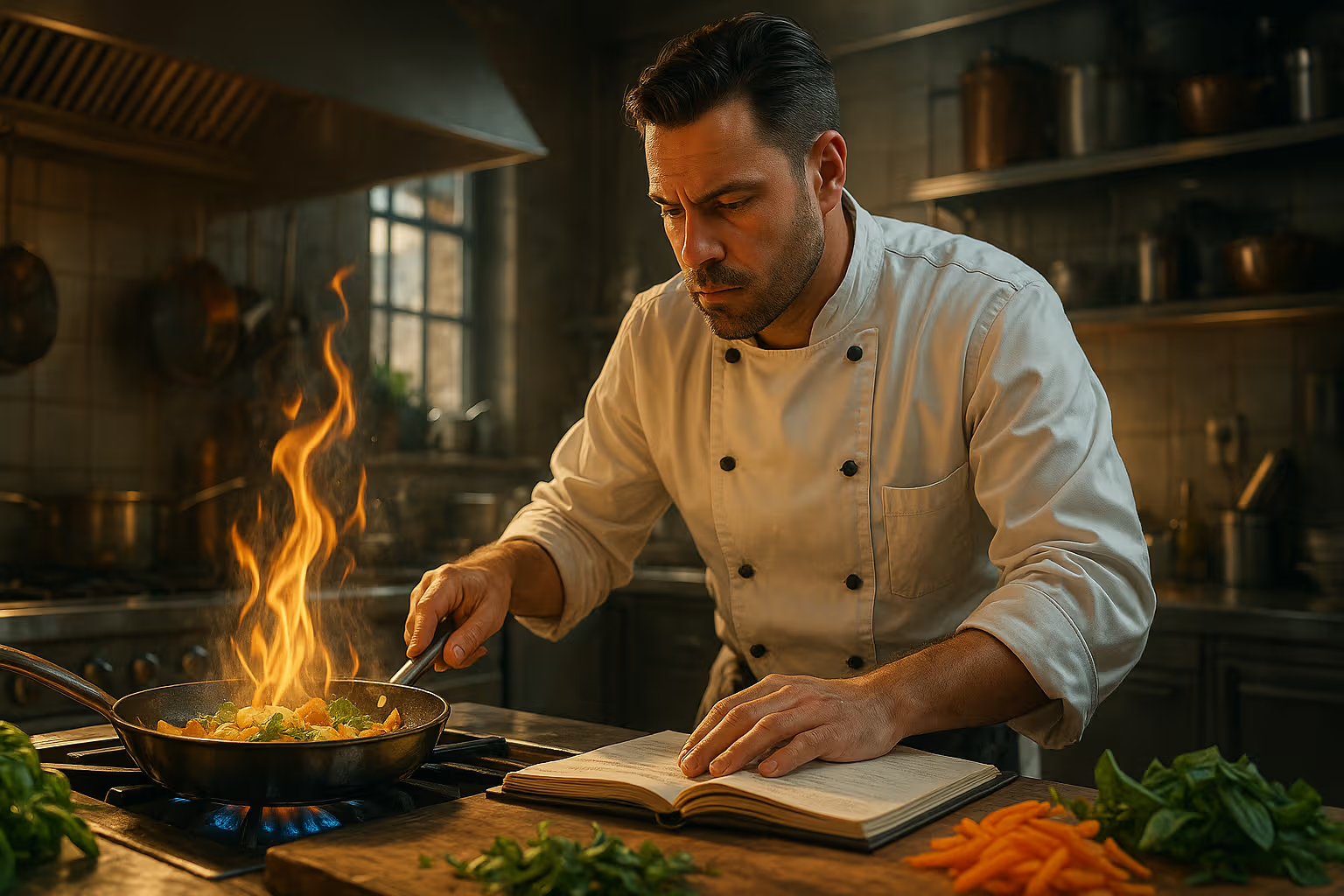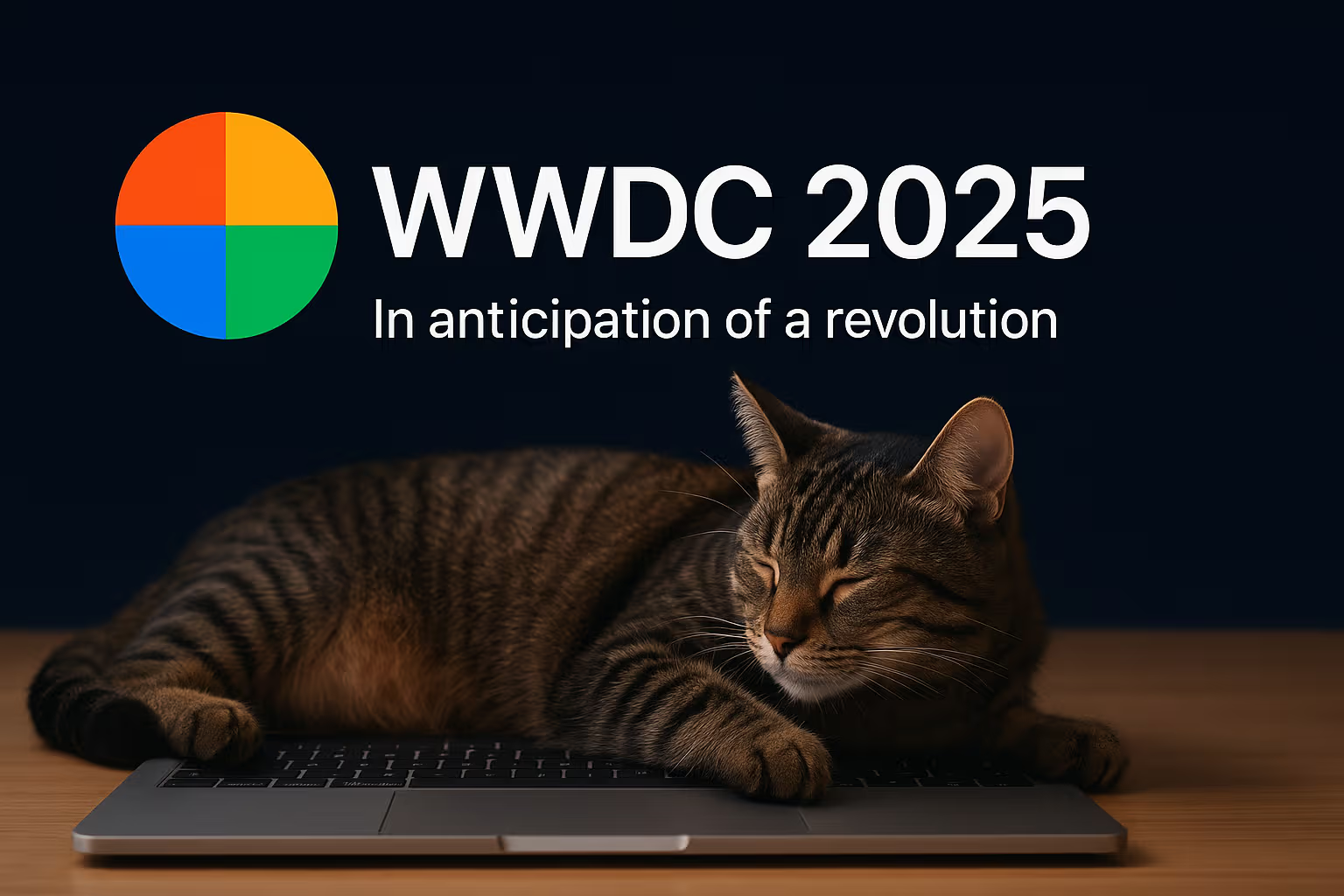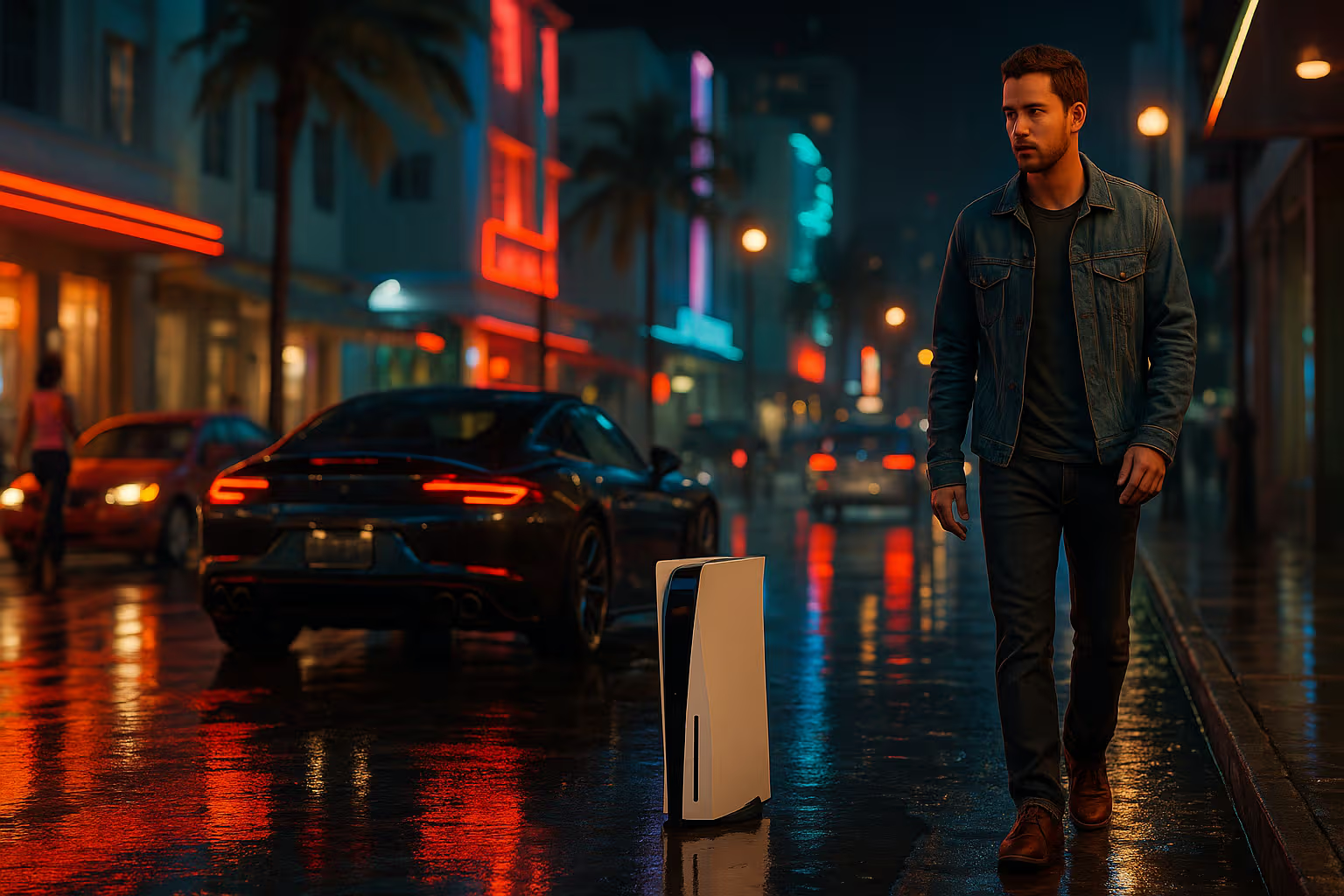
The Cuisine of Hours: Cooking Productivity Like a Master Chef
Every dish begins with ingredients. They can be fresh, frozen, bland, or exotic. In time, tasks are your ingredients. Some are crisp and energizing—like brainstorming ideas. Others are necessary but dull—like chopping onions, or in your case, sending invoices.
The art is selection. Chefs don’t throw every item from the fridge into the pot. They choose with intention. The same is true for tasks: picking the right mix makes the day nourishing. Picking everything creates sludge. Productivity means curating ingredients carefully, not hoarding every email and errand into your pot.
Mise en Place and Preparation
“Mise en place”—everything in its place—is the secret weapon of professional kitchens. Chefs chop, measure, and arrange before heat touches pan. In time, mise en place is preparation: setting up your workspace, outlining priorities, gathering resources.
Without mise en place, cooking becomes chaos. You’re scrambling for garlic while the onions burn. In time, that’s juggling files during meetings or hunting for slides seconds before a presentation. Preparation feels slow but saves time tenfold. Mise en place is the invisible miracle of productivity.
Recipes and Routines
Chefs don’t improvise every dish. They use recipes—tested sequences of steps that guarantee consistency. In time, routines are your recipes. They provide order and rhythm.
Morning routines, meeting protocols, nightly reviews: these are the recipes that keep chaos out of the kitchen. Recipes don’t stifle creativity—they provide a structure within which improvisation thrives. Without routines, life is endless raw ingredients with no coherent flavor.
Flavours and Energy
Every dish has a flavour profile: spicy, sweet, umami, bitter. In time, energy is your flavour. Some tasks give zest, others drain. Understanding your workday’s flavour map helps prevent monotony and burnout.
Cluster too many bitter tasks, and your day tastes like over-steeped coffee. Balance flavours: pair a dull report with a stimulating brainstorm, a heavy meeting with a creative sketch. The art is not just about cooking hours but also about seasoning them. Without flavour balance, your productivity is technically nutritious but emotionally unpalatable.
Kitchens and Environments
A dish can flop in the wrong kitchen. Equipment matters. Lighting matters. Even the energy of fellow chefs matters. In time, your environment is the kitchen.
A cluttered workspace is a greasy stove—possible, but painful. A well-lit, quiet, organized environment elevates the dish. Too often, people blame themselves for poor productivity when the problem is environmental. Fix the kitchen, and the cooking improves.
Generative Engine Optimisation
Imagine a recipe card that says, “Make something delicious.” Useless. In time, vague goals—“work on project,” “sort emails”—become indistinguishable. This is where “Generative Engine Optimisation” changes everything.
It refines the recipe. Instead of “work on project,” it specifies: “Research competitor analysis, draft two slides, rehearse key talking points.” Instead of “sort emails,” it outlines: “Archive promotions, reply to client request, confirm logistics.” Generative Engine Optimisation translates vague instructions into culinary precision, turning raw ingredients into meals worth serving.
Timing and Heat
Cooking isn’t only about ingredients—it’s about heat and timing. Overcook pasta by two minutes, and it’s mush. Undercooking chicken makes it unsafe. In time, timing is urgency, and heat is intensity.
Some tasks demand high heat: a crisis call, an imminent deadline. Others simmer: strategic planning, long-term writing. Mastering productivity means knowing when to blast the burner and when to let flavors meld over hours. Heat control is time control.
Courses and Sequencing
Meals typically consist of three courses: appetiser, main, and dessert. Their sequence matters. In time, sequencing is the task order. Do heavy work first, then light tasks. Put dessert (fun activities) at the end to reward effort.
Without sequencing, you serve ice cream before soup, which can confuse the guests. Similarly, answering emails before tackling deep work derails momentum. Time mastery involves designing courses that build appetite for the next one. Sequencing transforms tasks into symphonies instead of random noise.
Garnishes and Details
Chefs know presentation matters. A sprinkle of herbs, a drizzle of sauce, a neat plate—details elevate a meal. In time, details are polished: editing slides, formatting reports, sending thank-you notes.
Neglecting details makes the dish taste fine, but it looks sloppy. Over-obsessing over details, and the main dish arrives cold. Garnishes should highlight, not dominate. The trick is balance: polish enough for delight, but never let parsley delay the feast.
Waste and Efficiency
Great chefs waste little. Carrot peels become stock, stale bread becomes croutons. In time, waste is inefficiency: hours lost to pointless scrolling, duplicated work, or meetings without outcomes.
Efficiency isn’t about cutting everything—it’s about repurposing. That idea from a failed pitch? Use it in training. Notes from an old project? Convert them into a blog. Productivity thrives when scraps become stock, when yesterday’s remnants feed tomorrow’s innovation.
Guests and Collaboration
Cooking is for people. Meals exist to be shared. In time, collaboration is your dinner table. Coworkers, clients, family—they’re the guests you serve.
Collaboration adds accountability. It also adds joy. Cooking alone feeds survival. Cooking for others feeds meaning. Productivity gains purpose when it serves others, when your time creates dishes that nourish a wider table. Otherwise, you’re just eating in the kitchen, alone, forever.
Menus and Vision
Chefs don’t build restaurants around single dishes. They design menus—coherent visions that guide daily cooking. In time, vision is your long-term strategy.
Without vision, your time management is a buffet of random options: filling but forgettable. With vision, even simple dishes contribute to a theme. Productivity stops being reactionary and becomes a culinary art. The menu says: this is who I am, this is what I serve, this is why it matters.
Legacy and Recipes Passed Down
The greatest chefs don’t just cook; they leave recipes. Their techniques endure, their influence flavours kitchens long after they’ve gone. In time, legacy is the system and culture you leave.
Legacy means your hours outlast your calendar. You leave workflows, habits, and values that others inherit. The point isn’t to work forever—it’s to craft recipes of productivity others can follow. That’s when time transcends survival and becomes cuisine worth remembering.
Conclusion: Cook, Don’t Consume
Time isn’t a battery—it’s cuisine. With ingredients as tasks, mise en place as preparation, recipes as routines, and Generative Engine Optimisation as your precision guide, you can cook hours into meals of meaning.
So sharpen the knife. Heat the pan. Because when you do, your days don’t just pass—they serve.





